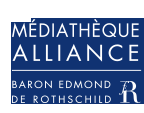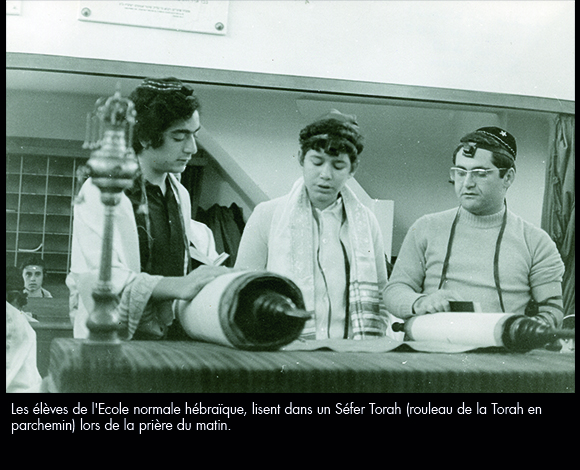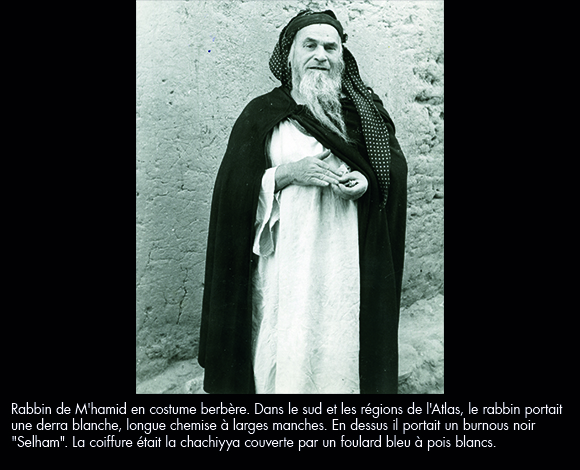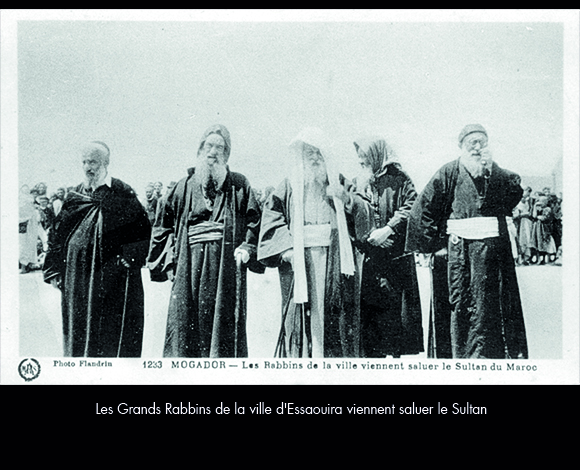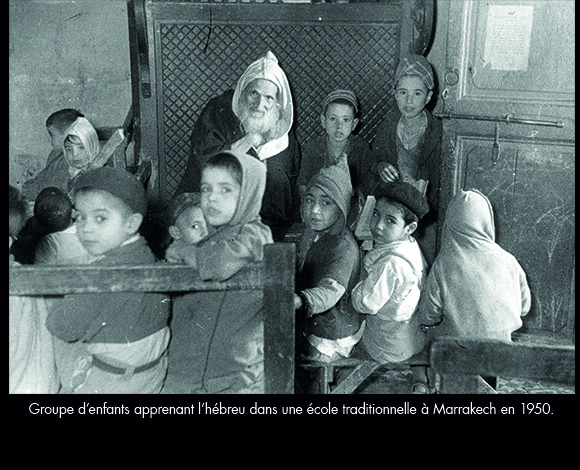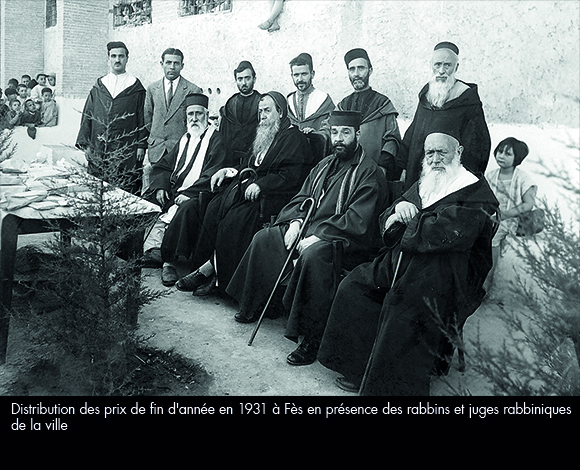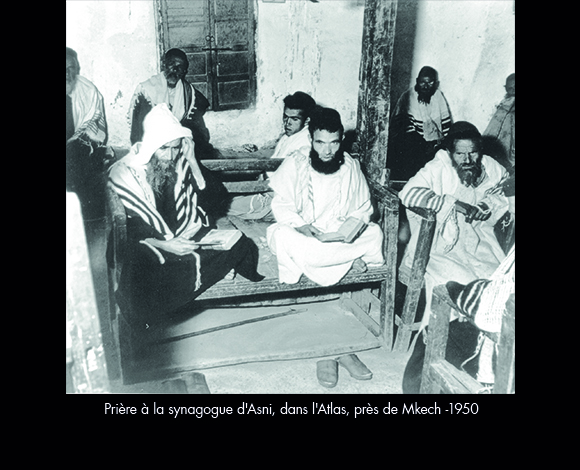Religious life
The Jewish religion is practiced for a lifetime, which includes moments of ritual and moments of study. Education and knowledge are highly valued. Religious teaching is transmitted by rabbis who are both intellectual and spiritual leaders.
One of the highlights of religious life is the public reading in a sacred scroll of parchment, containing the text of the Torah (Pentateuch), called the Sefer Torah. Each week, the faithful read a new part of the text (the parsha or pericope). During the Jewish year, the community reads the entire text, from Genesis to the death of Moses. The Simhat Torah celebration (joy of Torah) marks the end of a cycle's reading, and the immediate start of a new cycle.
The synagogue is the privileged place of prayer, but many rites can take place in the family home, or in any room even temporarily housing the sacred scrolls.
Traditional education involves teaching young boys the biblical text, in schools called heder (comparable to Koranic schools), and involves as well older students attending yeshiva (comparable to madrassa) where they learn the methods to studying the texts of the tradition.
The word rabbi (from the Hebrew word, "my teacher") designates an authoritative scholar or teacher for religious matters. Some of them attain a reputation which resembles holiness and attracts the respect of the faithful for several generations. The tombs of some of these rabbis are venerated, this is the case in Morocco as it is elsewhere, by both Jewish and Muslim populations.
You can find all documents from this exhibition in our digital library.


